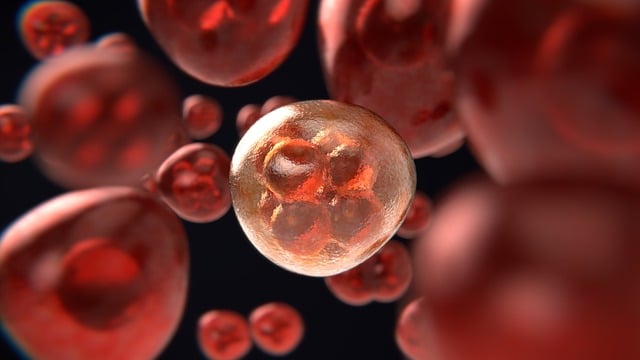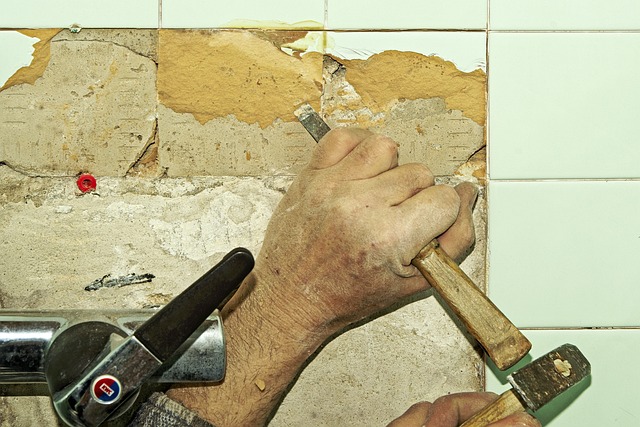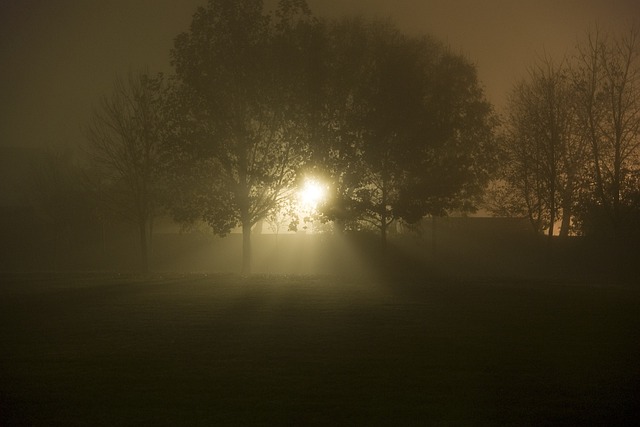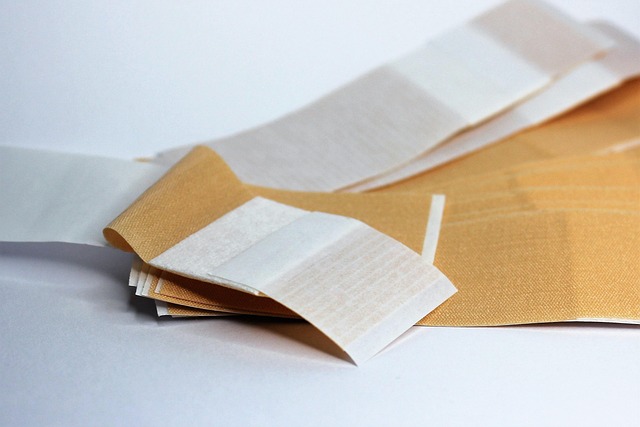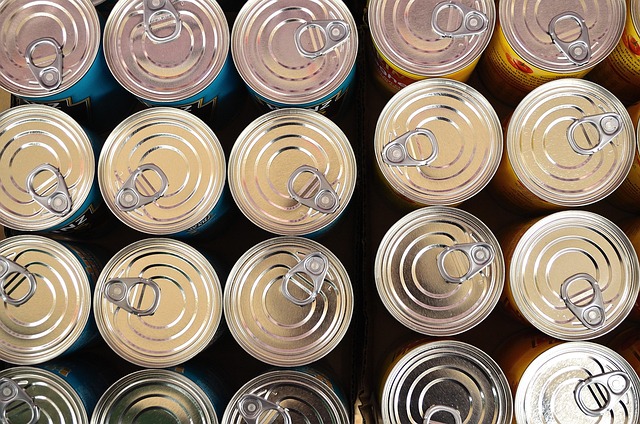Selecting and maintaining Glue Laminated Beams (GLBs) requires understanding adhesive properties, choosing between synthetic or protein-based resins based on environment, and adhering to best practices for lamination, curing, and storage. Regular maintenance, including inspections and repairs, ensures long-term durability and structural integrity, making GLBs a strong alternative to traditional timber or steel beams.
The durability of glue laminating beams is paramount in construction and manufacturing, ensuring structural integrity and longevity. This article explores top solutions for achieving strong, long-lasting glue laminations. From understanding crucial glue properties to selecting the right resins (epoxy vs. polyurethane), optimizing lamination conditions, and implementing proper curing techniques, each step ensures robust bonds. Additionally, we delve into post-lamination treatments and maintenance practices to maximize the lifespan of your glued laminated beams.
- Understanding Glue Properties for Longevity
- Choosing Resins: Epoxy vs. Polyurethane
- Optimizing Lamination Conditions
- Proper Curing and Drying Techniques
- Post-Lamination Treatment and Maintenance
Understanding Glue Properties for Longevity
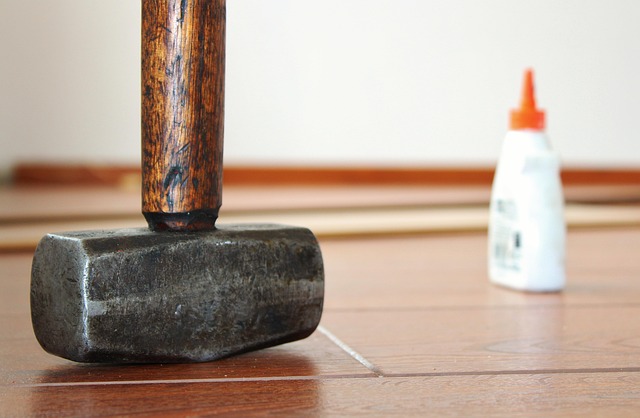
Understanding the properties of glue is key to achieving long-lasting and strong glue laminations. The durability of Glue Laminated Beams (GLBs) heavily relies on the quality and characteristics of the adhesive used. When selecting a glulam beam, engineers should consider factors such as bonding strength, water resistance, and flexibility. Different adhesives have unique properties; for instance, synthetic resins offer excellent tensile strength and weather resistance, making them ideal for outdoor applications. On the other hand, proteins or casein-based glues are known for their superior bonding capabilities in wet environments, enhancing the overall durability of GLBs.
Proper glulam beam maintenance is also crucial to ensure longevity. Regular inspection and cleaning can prevent damage and debris buildup, which might compromise the adhesive’s effectiveness. For instance, a detailed glulam beam selection guide for engineers should include guidelines on storage conditions and environmental factors that could impact adhesion. Additionally, knowing the glulam beam design standards and codes relevant to your region ensures compliance and structural integrity. To learn more about best practices, visit us at 18 Clifton St, Unadilla, NY 13849, where our experts can provide valuable insights for maintaining optimal GLB performance.
Choosing Resins: Epoxy vs. Polyurethane

When it comes to ensuring the durability of glue laminated beams, choosing the right resin is paramount. Epoxy and polyurethane are two prominent options, each with its unique properties that impact the longevity of glulam beams. Epoxy resins offer exceptional strength and chemical resistance, making them ideal for demanding structural applications. Their high bond strength guarantees robust connections between layers of timber, contributing to the overall durability of the laminated beams.
On the other hand, polyurethane resins provide excellent flexibility and adhesion, which can be advantageous in certain scenarios. This type of resin is particularly suitable for projects requiring a balance between rigidity and impact absorption. When selecting a resin, consider factors like environmental conditions, expected load-bearing capacity, and the need for fire resistance. By carefully evaluating these aspects, you can make an informed decision that aligns with your glulam beam project’s specific requirements. For expert guidance on choosing the best resin and ensuring the longevity of your glue laminated timber beams, give us a call at (607) 369-9341.
Optimizing Lamination Conditions
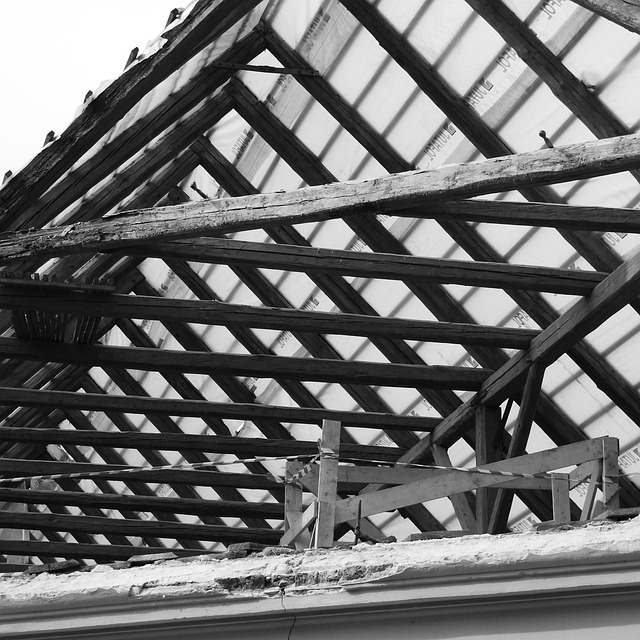
To achieve the highest durability of glue laminated beams, optimizing lamination conditions is paramount. This includes controlling temperature, pressure, and curing time to ensure maximum adhesive strength between layers. When comparing glulam vs timber beams, proper lamination techniques can significantly enhance the structural integrity of glulam products, making them a viable alternative to traditional timber beams in various applications.
Best practices for glulam construction involve utilizing high-quality adhesives and ensuring laminates are free from defects or moisture content before lamination. The right conditions not only strengthen the final product but also reduce potential issues like delaminating or cracking. Moreover, understanding the specific glulam beam applications in building, such as structural frames, bridges, or industrial structures, allows engineers and builders to tailor lamination methods for optimal performance, extending the life of these glue laminated beams. For more insights, be sure to visit unalam.com.
Proper Curing and Drying Techniques

Achieving strong and long-lasting glue laminations hinges on mastering proper curing and drying techniques. This critical step significantly impacts the durability of glue laminated beams, ensuring their structural integrity over time. Adequate curing involves controlling temperature, humidity, and exposure duration to allow the adhesive to fully develop its bond strength. Inadequate curing can result in weak bonds and reduced durability of glulam beams compared to other construction materials like steel.
When selecting glulam beams for structural applications, engineers should consider factors that influence their durability, such as the type of glue used, wood species, and the specific environmental conditions where the beams will be installed. A thorough understanding of these variables allows for informed choices, ensuring the comparing durability of glulam to steel becomes less relevant as glulam beams consistently demonstrate their value in providing strong, long-lasting structural solutions. For detailed guidance on glulam beam selection, visit us at 18 Clifton St, Unadilla, NY 13849 anytime.
Post-Lamination Treatment and Maintenance

After the initial lamination process, proper post-treatment and ongoing maintenance are essential to ensure the longevity and durability of glue laminated beams (glulam). This includes several steps that can significantly impact the structural integrity and performance of glulam products over time. One crucial aspect is controlling environmental factors, such as moisture levels and temperature, which can affect the bonding strength of the adhesive. Regular monitoring and appropriate storage conditions are vital to prevent warping, cracking, or delaminating.
Additionally, regular inspection and maintenance routines should be implemented, especially in structural applications. This involves checking for signs of damage, corrosion, or weakened laminations. Addressing any issues promptly through repairs or replacements ensures the safety and stability of glulam structures. For engineers considering glulam as a construction material, visiting us at 18 Clifton St, Unadilla, NY 13849 anytime can provide valuable insights into proper glulam beam selection and the benefits that make it an excellent choice over traditional engineered wood beams, enhancing structural projects’ durability and performance.
In ensuring the durability of glue laminated beams, a comprehensive understanding of glue properties, careful selection of resins like epoxy or polyurethane, optimal lamination conditions, proper curing, and post-lamination care are key. By following these top solutions, we can achieve long-lasting, strong glue laminations that meet modern construction demands.





